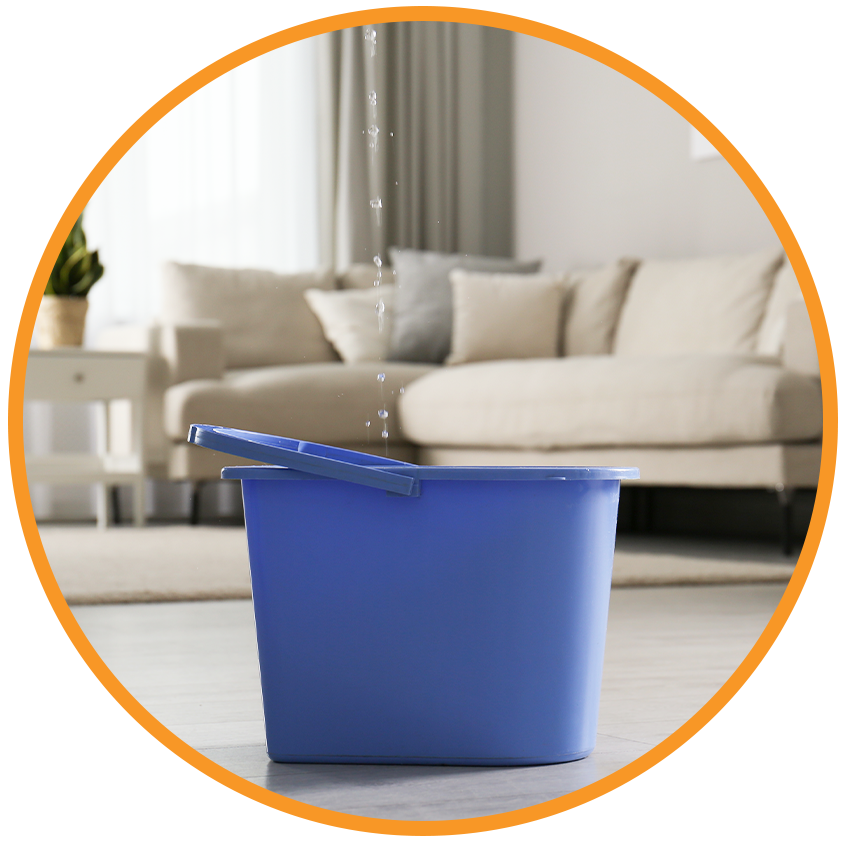The Art of Simplicity: Redefining Spaces with Minimalist Interior Design

The Art of Simplicity: Redefining Spaces with Minimalist Interior Design
Welcome to Calm: Why Minimalist Interior Design Resonates Today
Minimalist interior design is more than a trend; it is a way of life based on clarity, intention, and simplicity. In a society when overstimulation is common, adopting clean lines, uncluttered rooms, and intentional decor provides both beauty and equilibrium. This design theory demonstrates that when every piece in a room has a purpose, less is truly more. Adding clean-lined wood paneling can enhance the room’s warmth and character [dcl=4559] without compromising a minimalist feel.
The Core of Minimalism: Where Beauty Meets Purpose
At its heart, minimalist interior design is about more than aesthetics. It’s a practical approach to living with only what you need and love. This creates homes that feel open, restful, and visually peaceful.
Furniture that Serves and Speaks
Minimalist interiors rely on functional furniture that complements the space rather than overtakes it. Many modern designers favor [dcl=4559] to bridge the gap between sleek design and cozy living.
- Low-profile sofas with structured silhouettes
- Sleek, modular coffee tables
- Multi-use storage benches
- Floating shelves that blend seamlessly
Each piece is chosen intentionally to support daily life without adding visual noise.
Color Palettes that Breathe
Color in minimalist interior design is used to soothe, not shout. The tones are subtle and timeless.
- Whites and soft grays
- Earthy beiges and taupes
- Occasional black for grounding
- Natural wood for warmth
The result is a palette that feels calm and cohesive in every room.
Elevate Simplicity with Smart Additions
Minimalist does not indicate empty or chilly. It is about choosing things that enhance both function and form. Here’s how to add warmth to tidy spaces. For a touch of sophistication, [dcl=4559] often pairs beautifully with stone or matte finishes.
Let There Be (the Right) Light
Natural and artificial lighting is essential in minimalist interior design. It highlights open space, texture, and architecture.
- Maximize daylight with sheer curtains
- Use layered lighting—overhead, task, and accent
- Choose lighting with sculptural or geometric shapes
- Install dimmers for mood control
Connect Rooms with Open Layouts
Open-concept living reflects the minimalist spirit by creating flow and removing unnecessary boundaries.
- Combine kitchen, dining, and living areas
- Use rugs or furniture placement to define zones
- Add sliding or glass doors for flexible separation
Open layouts also foster connection and make small spaces feel larger.
Bring the Outdoors In
Adding natural textures and greenery is one of the most satisfying ways to warm up minimalist interiors.
- Decorate with indoor plants like snake plants or pothos
- Choose raw materials like wood, linen, and stone
- Consider a single statement piece, like a reclaimed wood table
Description List: Hallmarks of Minimalist Interior Design
Intentionality – Every item must serve a function or spark joy
Neutral Colors – The base of a calming, timeless aesthetic
Open Space – Room to breathe, move, and live mindfully
Clean Lines – Simplicity in architecture and furniture
Natural Materials – Wood, cotton, stone, and organic textures
Tips for Creating Your Own Minimalist Sanctuary
Want to transform your space with minimalist interior design principles? Start here:
- Declutter First: Remove anything that isn’t functional or meaningful
- Invest in Quality: Choose fewer but better pieces
- Stick to a Palette: Keep colors consistent throughout
- Avoid Over-Decorating: Let the space speak for itself
- Add Texture: Rugs, throws, and plants can soften clean lines
FAQs: Minimalist Interior Design Explained
What defines minimalist interior design?
Minimalist home design emphasizes simplicity, functionality, and intentional living. It entails reducing clutter, using neutral colors, and embracing open, airy layouts.
Can minimalist spaces still feel warm and inviting?
Absolutely. The key is to incorporate texture, organic materials, and soft lighting to balance the clean look.
Is minimalist interior design expensive to implement?
Not necessarily. While some people invest in high-quality statement pieces, the notion of buying less overall can result in significant savings.
Do minimalist interiors work for families?
Yes. With smart storage and multifunctional furniture, minimalist design can be both stylish and functional for households of all sizes.
What’s the best way to start?
Start with one room. Clear out the clutter, streamline the color palette, and only include what is necessary. Allow the process to flow naturally from there.
Final Thoughts: Minimalism as a Way of Life
Minimalist interior design is about more than just the appearance of your home; it is also about how it feels. This method encourages you to be intentional about your environment and stuff. This allows you to focus on what is most important. Whether you’re redesigning a single room or your entire home, minimalism provides an ageless, attractive, and genuinely satisfying road forward. For help growing your wall paneling business online, consider working with a team that specializes in digital marketing solutions.

